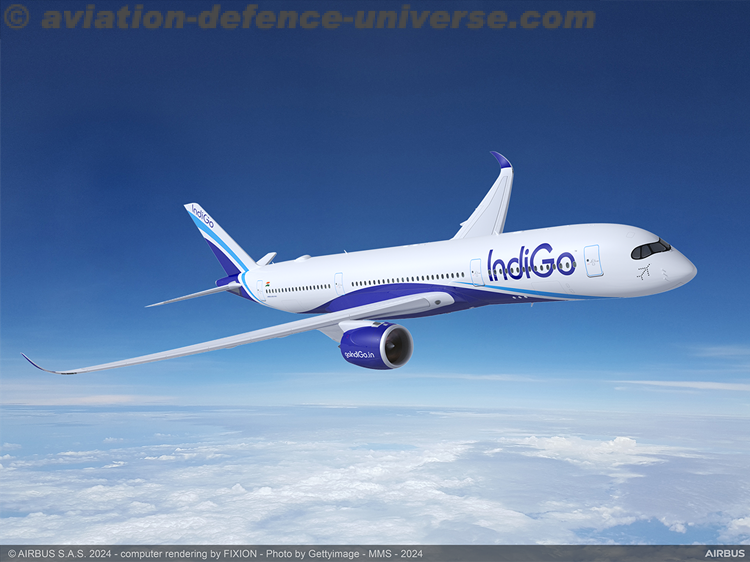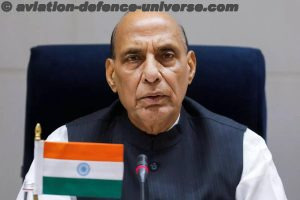1500 – Portuguese navigator Pedro Alvares Cabral discovered Brazil.
1509 – Henry VIII ascended to the throne of England upon the death of his father Henry VII.
1529 – Spain and Portugal divided the eastern hemisphere in the Treaty of Saragosa.
1745 – The Peace of Fussen was signed, restoring the status quo of Germany.
1792 – U.S. President George Washington proclaimed American neutrality in the war in Europe.
1898 – The first shot of the Spanish-American war occurred when the USS Nashville captured a Spanish merchant ship.
1915 – At the Second Battle Ypres the Germans became the first country to use poison gas.
1918 – British naval forces attempted to sink block-ships in the German U-boat bases at the Battle of Zeeburgge.
1930 – The U.S., Britain and Japan signed the London Naval Treaty, which regulated submarine warfare and limited shipbuilding.
1931 – Egypt signed the treaty of friendship with Iraq.
1931 – James G. Ray landed an autogyro on the lawn of the White House.
1944 – During World War II, the Allies launched a major attack against the Japanese in Hollandia, New Guinea.
1952 – An atomic test conducted in Nevada was the first nuclear explosion shown on live network television.
1997 – In Lima, Peru government commandos storm and capture the residence of the Japanese ambassador ending a 126-day hostage crisis. In the rescue 71 hostages were saved. Those killed: one hostage (of a heart attack), two soldiers, and all 14 rebels.
2008 – The United States Air Force retires the remaining F-117 Nighthawk aircraft in service.
2010 – The Boeing X-37 began its first orbital mission. It successfully returned to Earth on December 3, 2010.






















































































































